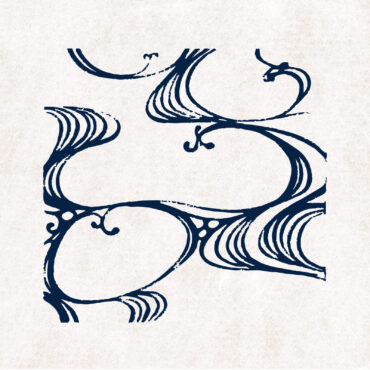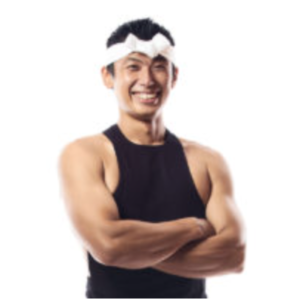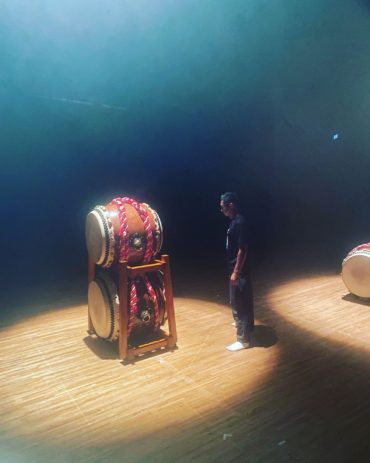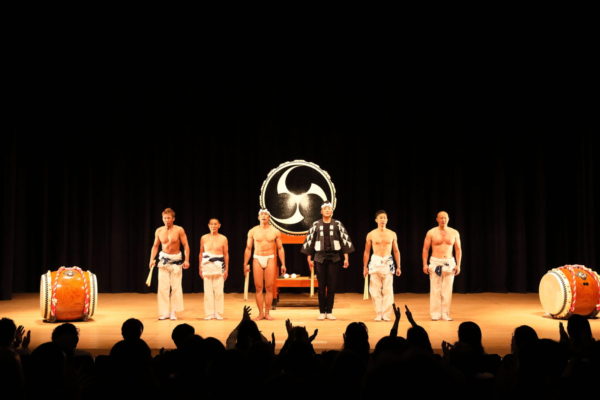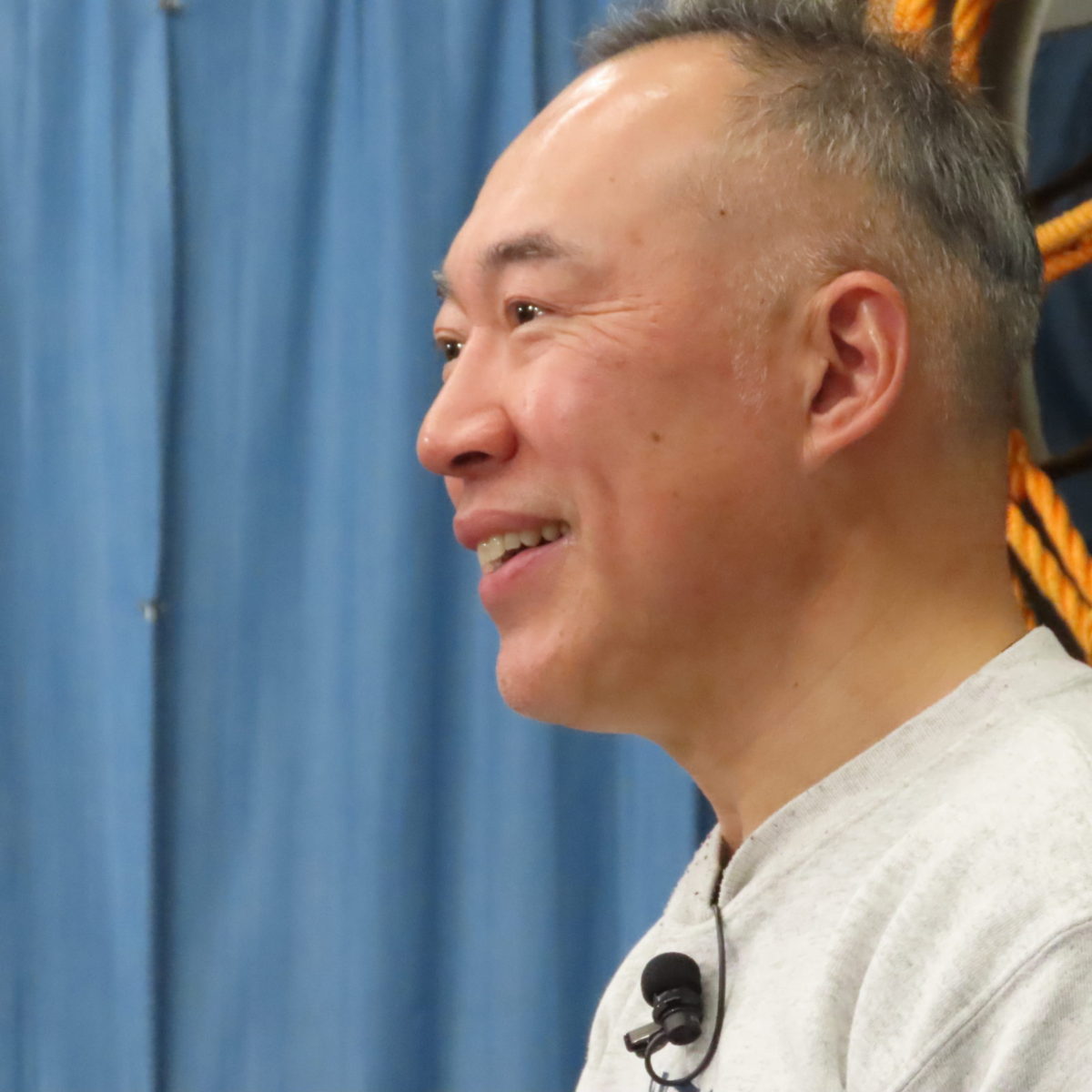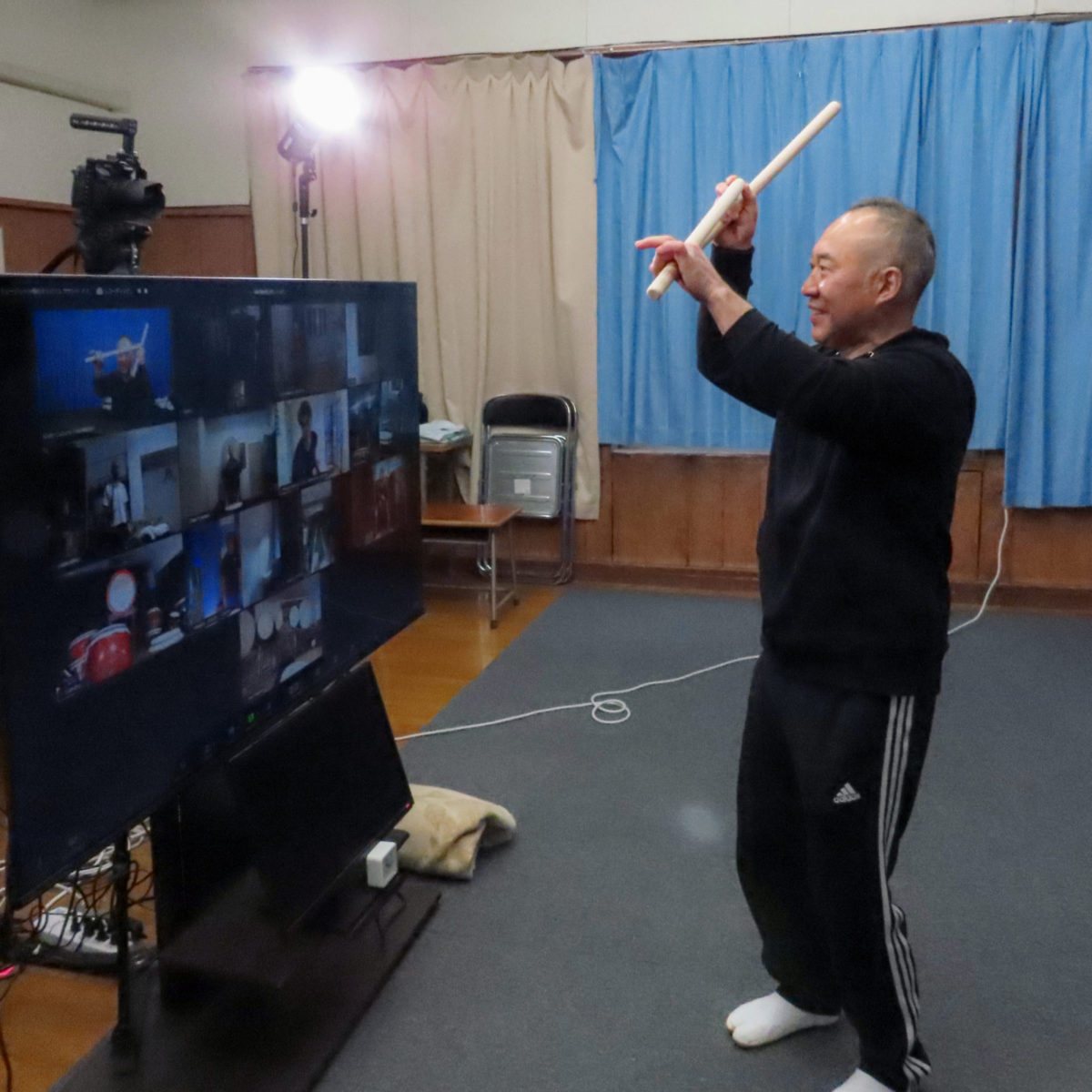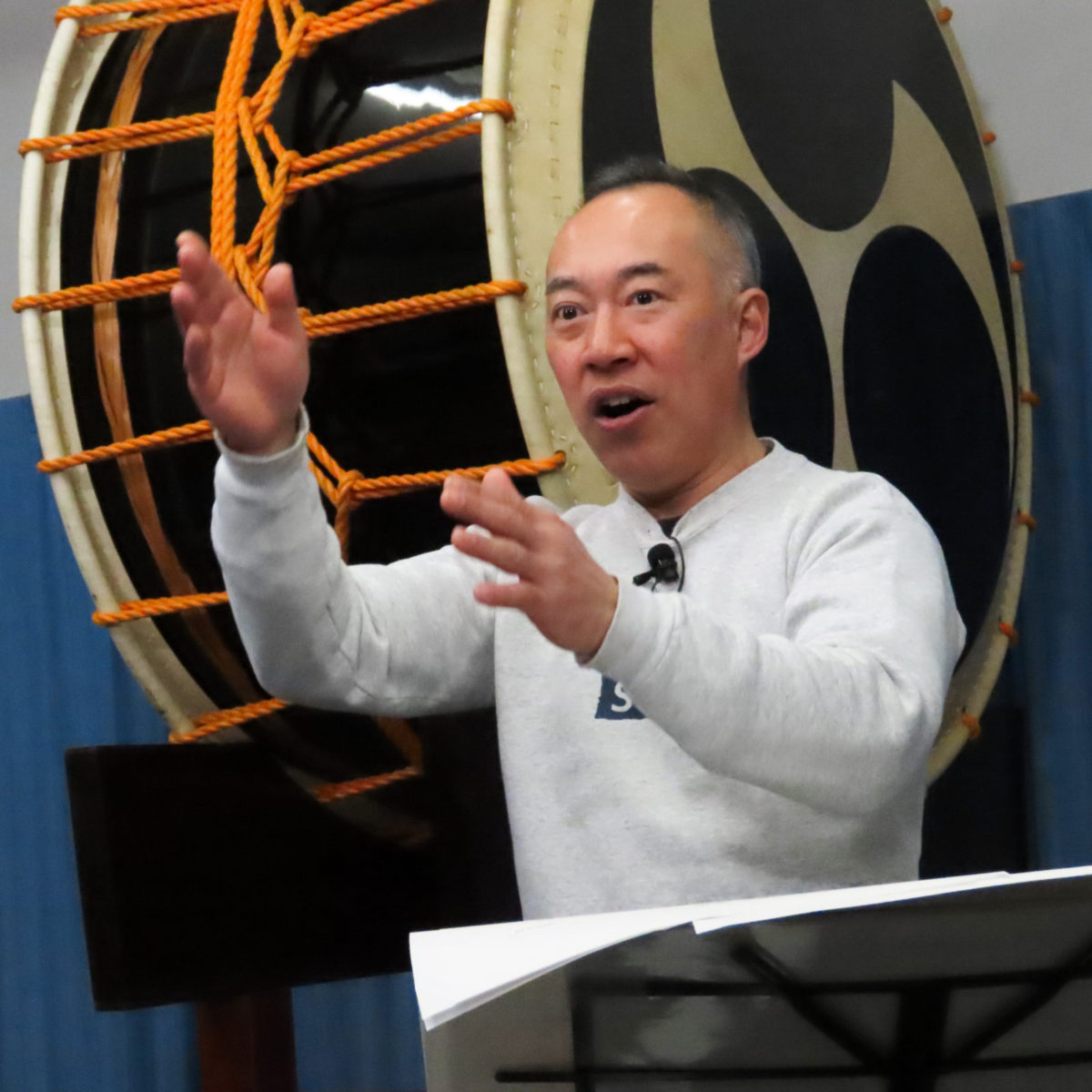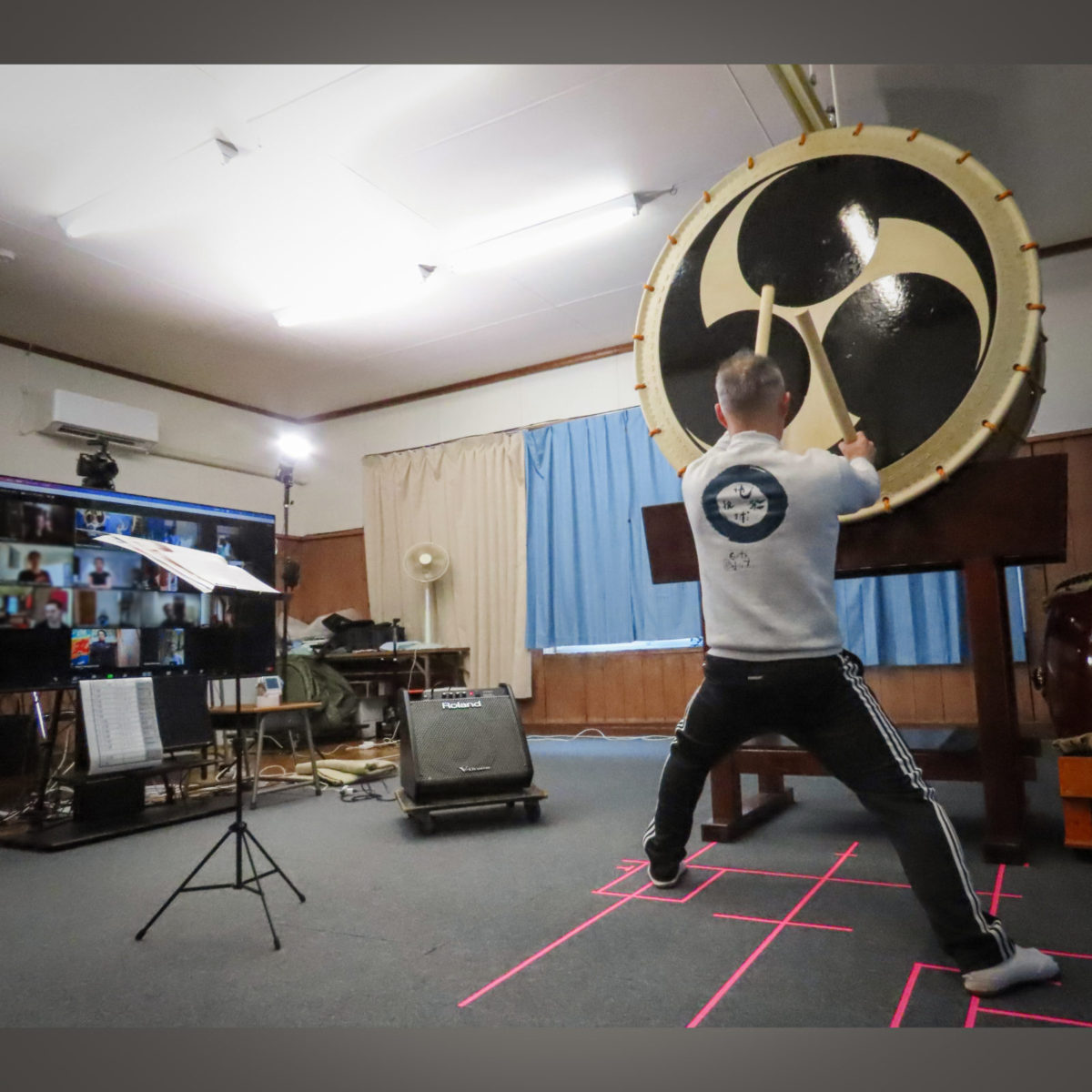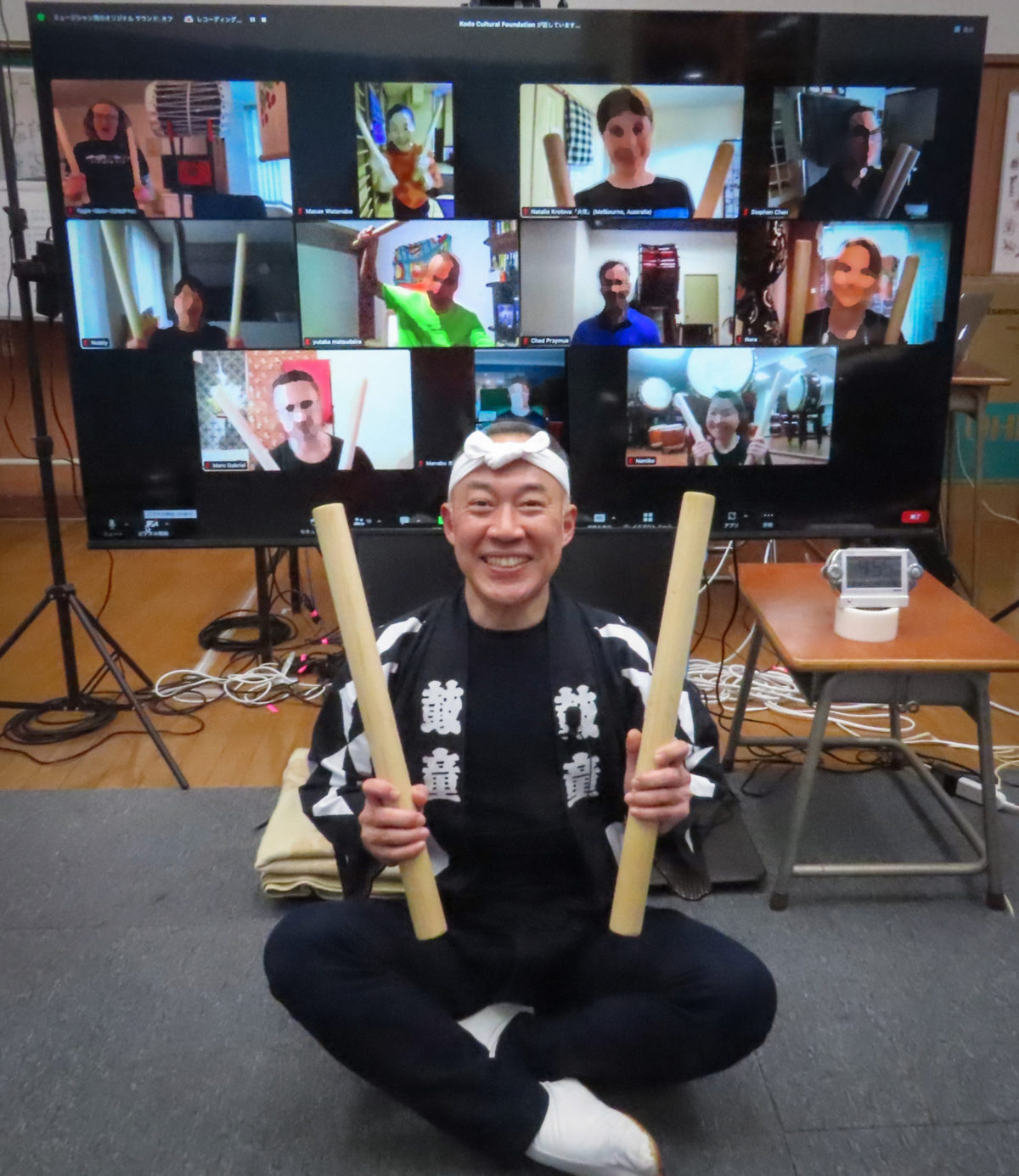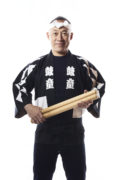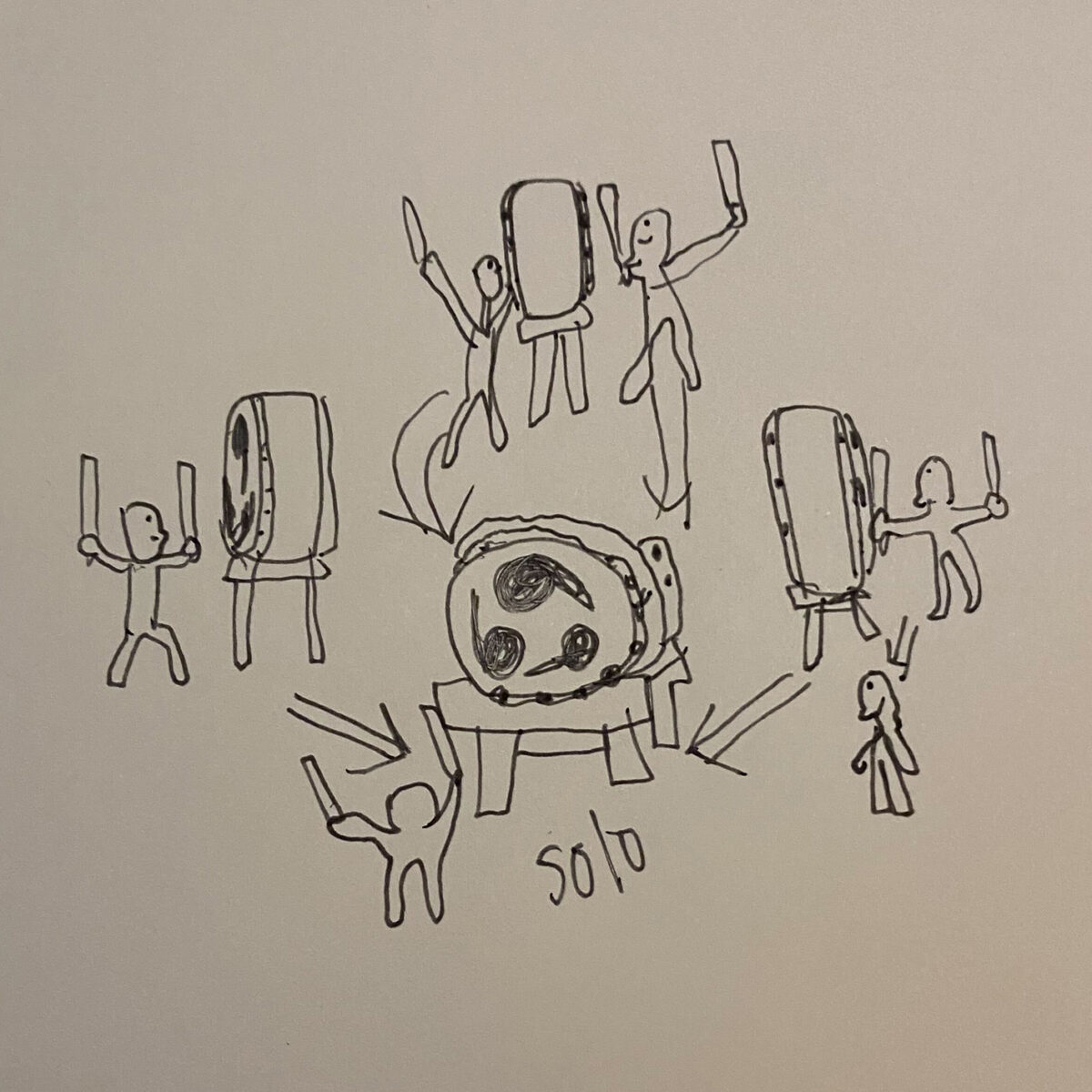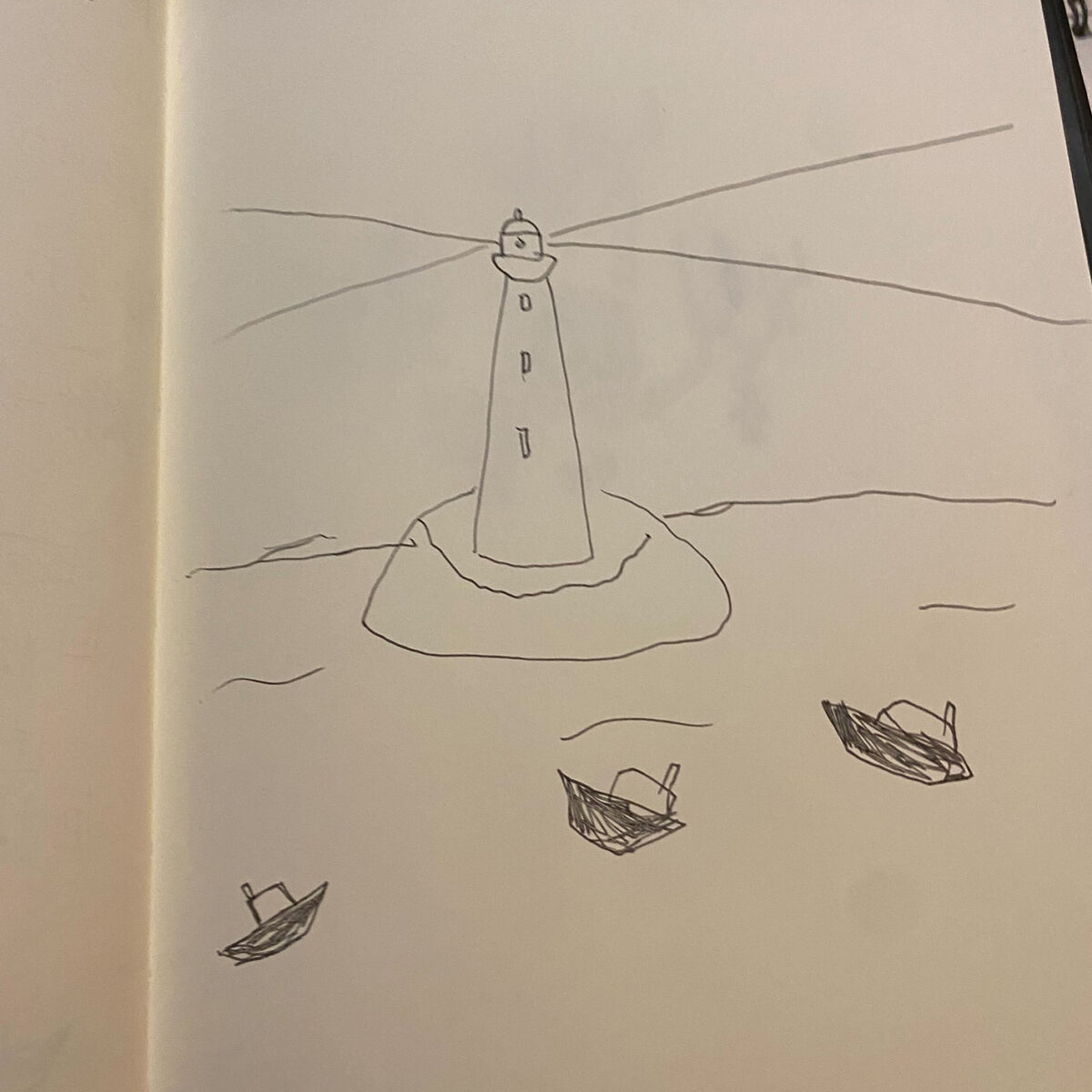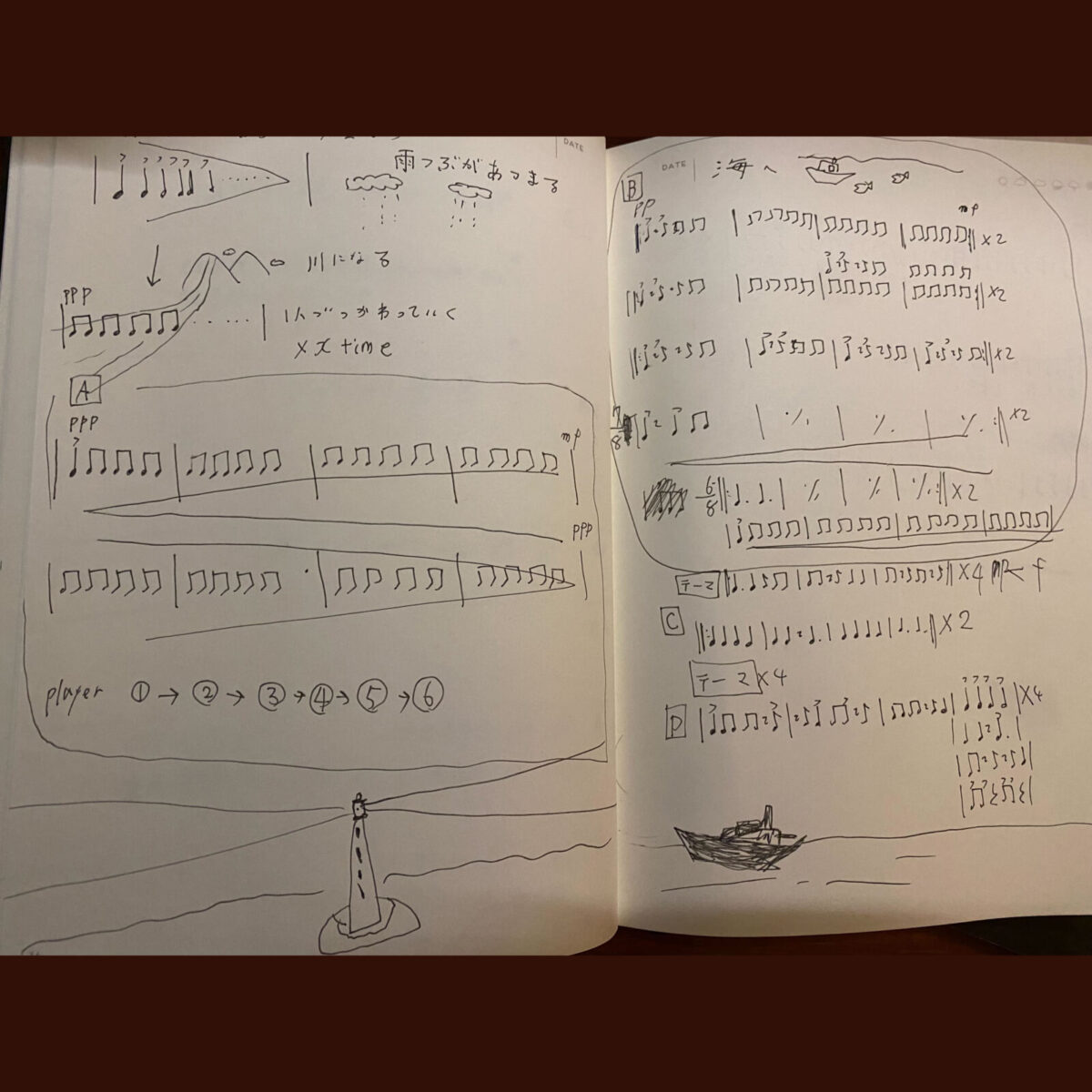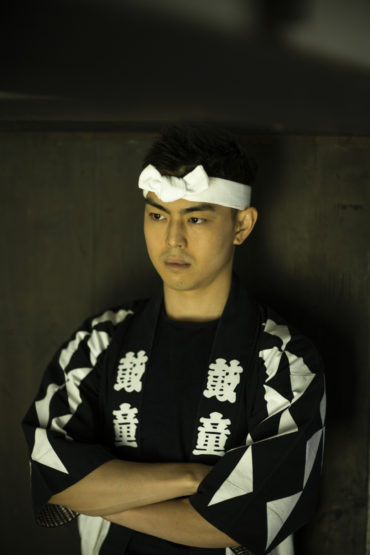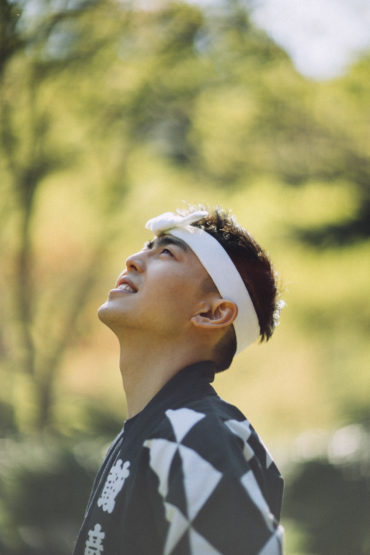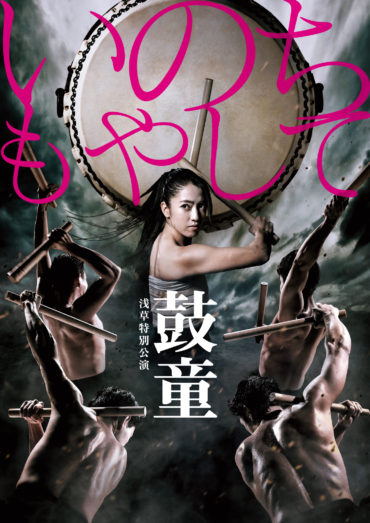“Announcing a New 0on Digital Release” by Yuta Sumiyoshi
Hi, everyone. It’s been cold here. I hope you’re keeping well.
I’m in Tokyo at Bunkyo Civic Hall for our end-of-year concert series, but I’ve found a gap during this busy week to let you know that I’ve just released a new digital solo album under Kodo’s experimental music label 0on.
We almost had no 0on (zero on, which literally translates as “zero sound”) releases in 2023, so I’m really glad I got this album out in time. Phew! No sound was not the intention.
“Hamon” is available exclusively on bandcamp to stream and buy.
https://0on-tapes.bandcamp.com/
I hope you enjoy it!
Yuta Sumiyoshi’s 2nd Home-Recorded Solo Album “Hamon”
The sounds of shinobue (transverse bamboo flutes), marimba, and an analog drum machine weave together to create original minimal music from diverse polyrhythms.
Feel-good attack coupled with seemingly endless loops of eclectic beats.
All stitched together by shinobue melodies.
Five tracks. All recorded at home. Digital release only.
“On the ferry heading towards Sado Island, I looked over the side of the boat, down into the water.
The hull created ripples as it cut through the sea.
There I saw regularity and randomness, coexisting within continuity.
Each simple repetition, layering over and over again, producing ripple after ripple.
I felt inspired to try to create a world of sound like that.”

